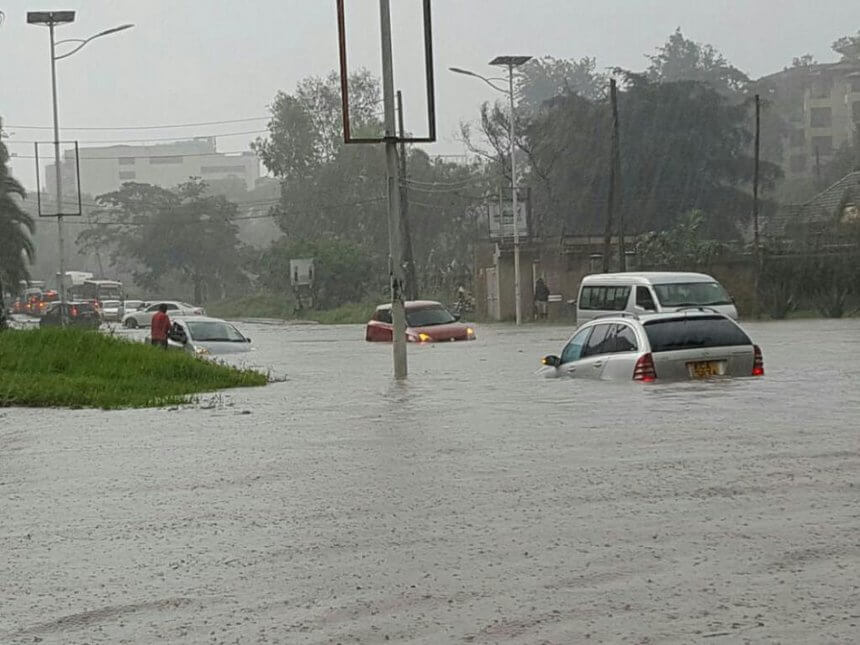If you ever come across a flooded road, spare your car – and your wallet – by just turning around. I mean, we all know that cars aren’t boats, don’t we? But season after season, we chuckle at cars stranded on some submerged roadway, drivers looking puzzled as they pull out their cell phones to call for help. And if you ever thought the repair costs for a gas or diesel-powered vehicles in these situations were astronomical, the hit to electric vehicles and hybrids can be something else altogether.
What to do during floods
When pushing water over roughly six inches deep by driving through it, most passenger vehicles are at-risk of the engine ingesting too much water through the intake. These black plastic ducts are positioned at the front of the vehicle and placed to ensure open access to fresh, ambient-temperature air.
Sometimes they’re protected high and inside the engine bay, but not always. A quick pop of the hood and look is all it takes to find out. If enough water gets drawn into the air filter’s intake, it will be passed into the intake manifold and then into the cylinders. This is where things get expensive.
Water can’t be compressed as easily as the normal air/fuel mixture that’s fed into an engine’s cylinders. If enough water is present, the pistons will slam into it and it’s similar to hitting a solid piece of reinforced concrete with your hand. Depending on the engine speed at the time, piston rods will bend and snap, driving the broken metal pieces into the cylinder walls, valves, heads and anything else in their path. At this stage, most engines require complete replacement.
For electric cars and hybrids, the added risk is getting the drive batteries, their connections and related electronics, water-logged. Like many air intake ducts, a lot of this technology is mounted low in the vehicle. While they have a reasonable amount of shielding, they were never designed to be submerged in water. In most insurance cases, this ends in the vehicle being declared a total loss. Even if things can be dried out and made functional again, the risk of recurring electrical faults is too much.
more tips
If you’re heading towards a flooded section of the road, don’t assume that it’s safe to proceed just because other drivers ahead are getting through OK. Their rides may have a higher air intake point than yours and they may be benefiting from smooth waters. Wakes caused by another vehicle can make water level unpredictable.
A good rule-of-thumb to follow is if the water is reaching the halfway point on the wheels of a similar vehicle ahead of yours, you need to reconsider your route. If you’re already in deep, immediately let off on the accelerator and if your engine sputters or misfires in any way, shut it down.
If your ride makes it through successfully but exhibits any new or unexpected electrical glitches soon after, get it checked immediately and let your service provider know it may be related to water damage. They can then check common areas for water collection and electrical component vulnerability. Oh, just in case, be prepared to make a call to your insurance company as soon as you can.






